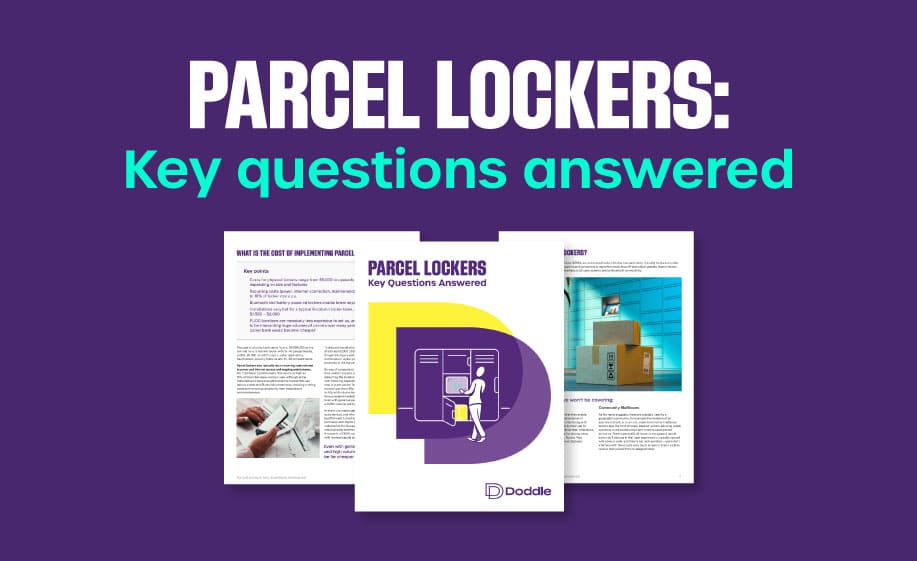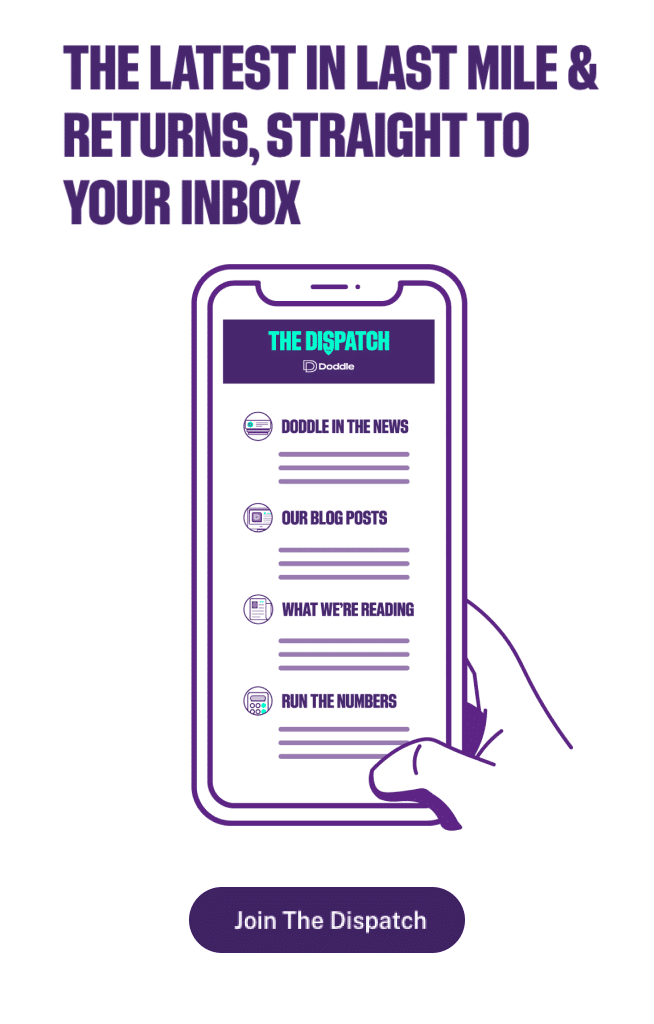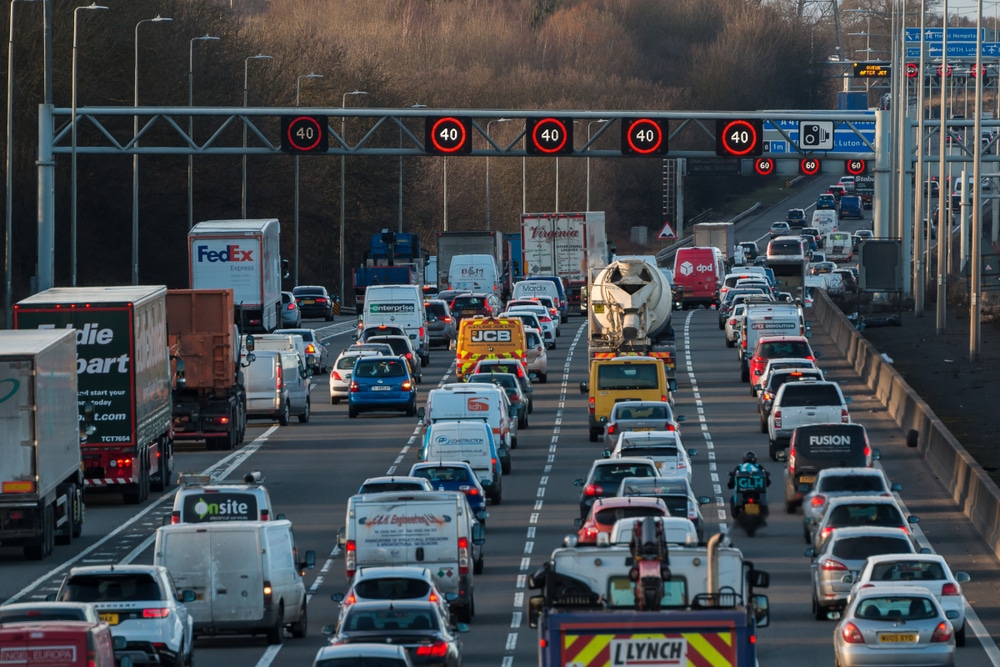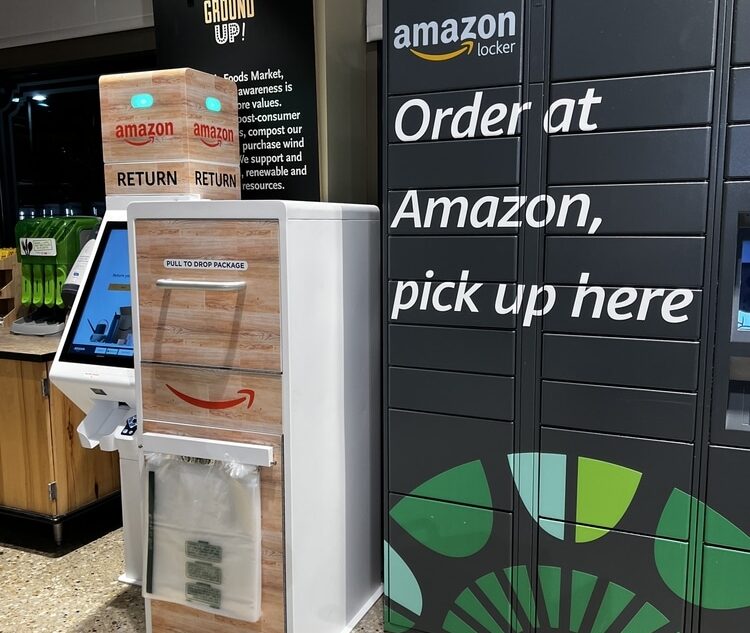Insight / Blog
UPS suffers B2C growing pains
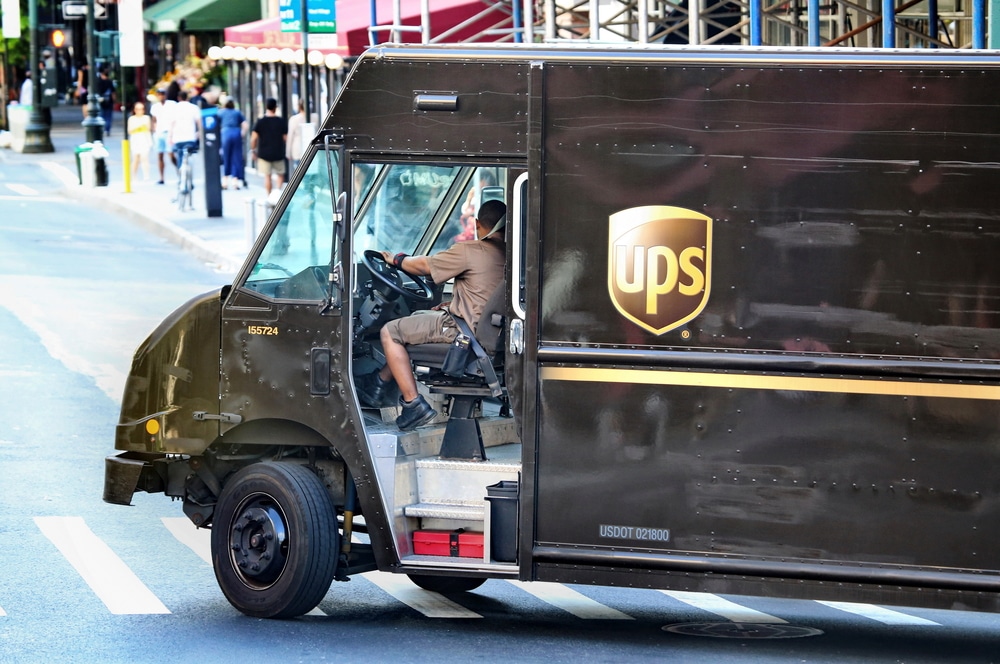
Summary: With residential deliveries taking a bigger share of revenue, UPS is struggling to keep margins up.
Having significant year-on-year growth in parcel deliveries might sound like great news for a parcel carrier like UPS. In fact, the spike in ecommerce demand due to lockdown (and small drop in B2B demand) has actually hurt the business significantly.
The numbers are incredible. UPS delivered 8.5% more parcels to consumers in Q1 2020 than Q1 2019, with business-to-consumer deliveries up 19% and business-to-business volumes down 2%. In late March, approximately 70% of UPS deliveries were residential. (All figures from UPS’ earnings presentation and call.)
Again, at first reading this seems like it should be a pretty rosy picture. Unfortunately, the reality is grim. Operating profits were down by nearly 50% to $364 million, with adjusted margins down from 6.6% for the same quarter last year to just 3.5% in January, February and March this year.
Where is the profit going?
The truth is that residential deliveries are bad news for margins. Consumer home deliveries average just 1.5 packages per stop. Compare that to B2B deliveries, which have over twice the number of average packages per stop, are typically more closely grouped together, and are more reliably open to accept deliveries.
As ecommerce demand continues to rise and B2C deliveries become more important to parcel carriers, they’ll all need to figure out how to make those metrics work in their favour. The alternative is watching their margins slide even further.
How to make B2C look more like B2B
As we can see above, the key reason that B2B margins are better is consolidation. More packages, fewer stops, less overall journey time – these are the factors driving higher margins. Achieving a more consolidated last-mile delivery system is going to be an essential piece of work for parcel carriers increasingly reliant on ecommerce parcel volume.
Offering (and encouraging consumers to use) pickup and dropoff locations like locker banks, post offices, parcel shops or counters in retail stores is one of the most effective ways to drive consolidation. For example, delivering 100 packages to a single locker bank in a Walmart parking lot is far quicker than driving around 100 local addresses, and has nearly a 100% successful delivery rate – and no chance of purchases being stolen. It’s in a location many people will be visiting anyway and allows consumers the peace of mind of not needing to worry about being at home for the delivery.
Installing and setting up the technology to power these PUDO capabilities is the first step for carriers like UPS to overcome the margin challenge associated with B2C deliveries.
UPS’s PUDO journey so far
UPS has actually been taking some massive steps in this direction with the ramping up of its Access Point program allowing neighborhood stores to receive deliveries and accept drop-off outbound packages, and also incorporates some UPS-branded parcel shops and locker banks. The program has 40,000 locations worldwide, with 21,000 in the US, largely through partnerships with major retailers like Michaels, CVS and Advance Auto Parts.
The next and perhaps most important step for UPS will be to work with the retailers creating the ecommerce volume, encouraging US consumers to use the available PUDO options. More consumers choosing deliveries via PUDO locations means more consolidation and more B2C deliveries with B2B margins. As we wrote about CTT’s recent locker expansion, having the hardware is only one part of the solution. UPS (and other carriers) need to lean on retailer relationships to ensure that OOH options are included at the checkout to drive consumer behaviour change.
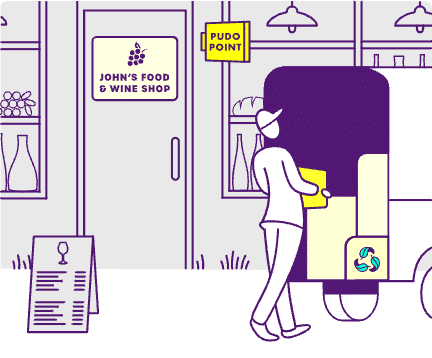
Related articles
Lessons from a decade in the first and last mile
A decade as Doddle taught us some lessons - and Blue Yonder helps us see what will matter in the next decade.
Convenient and sustainable: developing an out-of-home delivery strategy
Sustainability has become a key decision factor for retailers - here's how carriers can stay ahead with an out-of-home delivery strategy that’s both sustainable and convenient for consumers
Parcel lockers vs parcel kiosks: which is best for parcel drop-off?
We explore the benefits and drawbacks of parcel lockers and kiosks to help decide the best self-service solutions.








